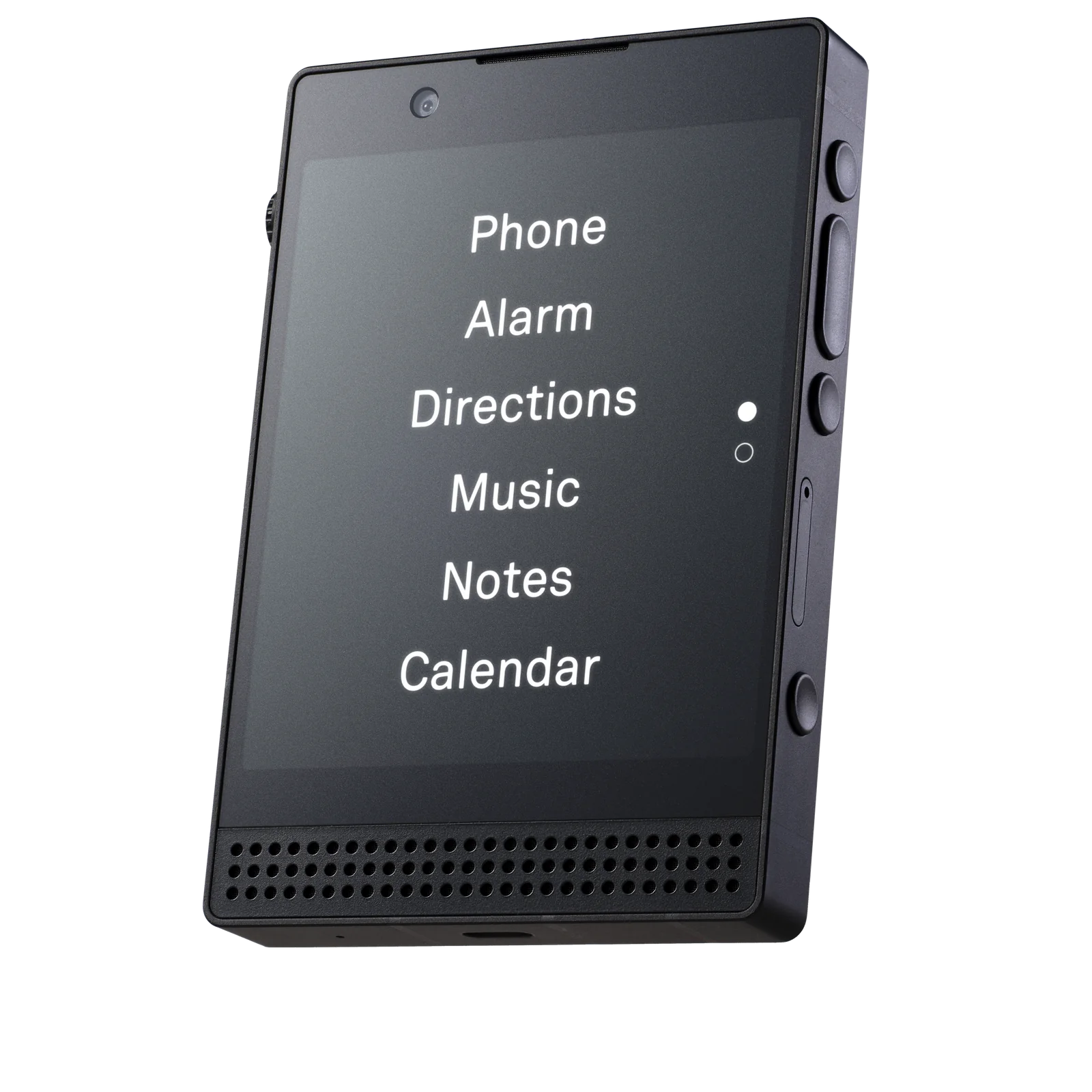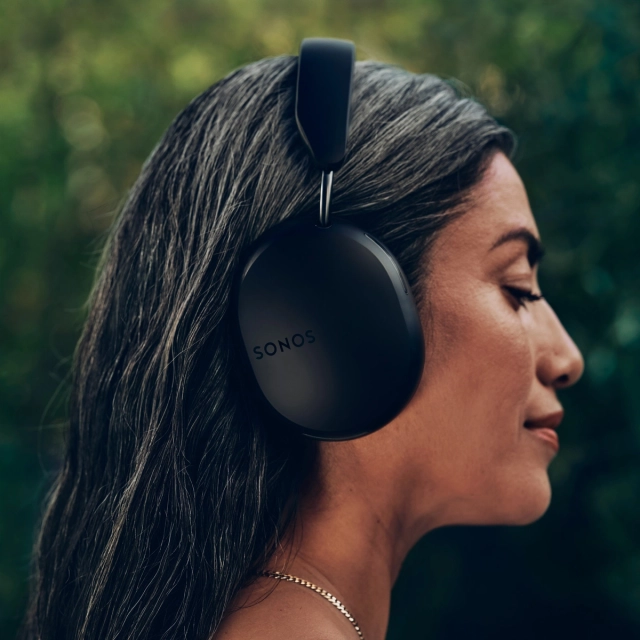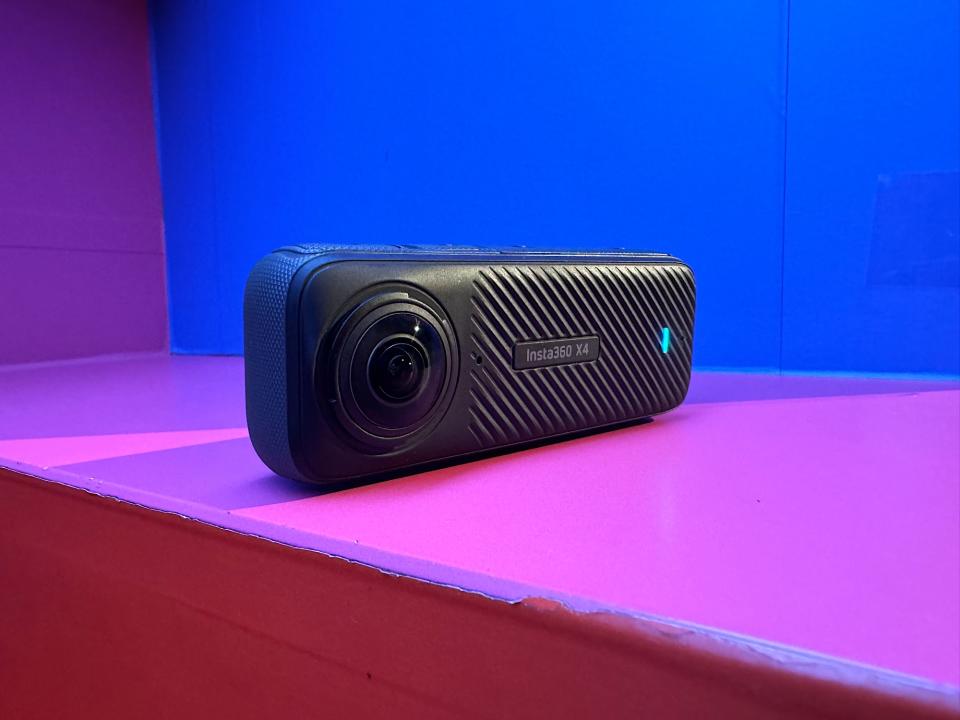The Light Phone 3: A Premium Price for Digital Peace?

In an era where smartphones are indistinguishable black mirrors vying for our attention, a curious counter-movement is gaining traction: the rise of the “dumb phone.” The immediate reaction might be that technology is evolving backward. Yet, upon reflection, perhaps a deliberate step back is necessary for us to move forward, especially for those of us who find it difficult to go more than five minutes without checking a screen. The average person, after all, reportedly interacts with their phone dozens of times a day – a statistic some of us might consider… above average.
This desire to reduce screen time is undeniably healthy. What’s less healthy, arguably, is paying a premium price for that digital detox. Enter the Light Phone 3, a device designed, in its creators’ words, as “a tool for a better life,” intended to foster a more thoughtful and intentional version of oneself by being used as little as possible. But achieving this digital asceticism comes with a steep price tag, starting around $600 and potentially rising to $800. At that cost, one might ponder if they can truly afford to regain their attention span.
The Light Phone 3 is positioned as a premium take on the minimalist phone concept. Ditching the E-ink of its predecessor (a move some might lament, though the company touts performance gains), it features a custom 3.9-inch matte black and white AMOLED display. This screen choice is presented as the first step in a “technological detoxification,” offering a calm, distraction-free interface. Encased in an aluminum frame with a recycled plastic back panel, the device feels solid and well-built, albeit a little “chunky” compared to today’s wafer-thin flagships.
Hardware features include a USB-C port, 5G capability, and NFC chip (though mobile payments aren’t supported, oddly). Physical controls are prominent: large, ergonomic metal buttons for volume and menu navigation, a dedicated two-step shutter button for the camera, and a clickable wheel that adjusts brightness and activates the flashlight. The large speaker grill below the display gives a nod to classic audio-focused phones of the past. There’s even a fingerprint sensor integrated into the top power button, though its functionality has been noted as not yet fully implemented in initial units.

At its core, the Light Phone 3 runs LightOS, a user-customizable platform centered around a curated list of optional “tools.” These include expected basics like Alarm, Calculator, Calendar, and Directory (Contacts), alongside essentials like Directions (GPS navigation), Music (upload only, no streaming), Podcasts, Notes/Voice Memo, and Hotspot. The emphasis is strictly on utility; deliberately absent are web browsers, social media feeds, email clients, or popular third-party messaging apps like WhatsApp or Discord. This is the digital equivalent of a monastic cell – designed purely for purpose, free from worldly temptations.
The company highlights that this focused feature set allows for meaningful software updates without requiring hardware upgrades, promoting longevity and combatting planned obsolescence. They’ve also put effort into repairability, with an accessible battery and components like the screen and USB port designed for easier replacement. This commitment to durability is partly evident in testing, with the matte glass showing standard scratch resistance (level 6/7) and the metal frame providing significant rigidity in bend tests compared to its plastic predecessor.
However, translating this minimalist philosophy into daily practice presents significant hurdles. Relying on the Light Phone 3 as a primary device quickly exposes the limitations imposed by its design. Tasks that are trivial on a smartphone – navigating to an address received via email (since there’s no email client and no copy/paste), authenticating logins, or coordinating with groups across different messaging platforms – become complex, if not impossible, feats. The texting experience itself is described as slow, with auto-correct that doesn’t fix misspellings and a voice-to-text feature prone to error and poor punctuation. For many, navigating modern work or social life necessitates carrying a “smarter phone” alongside the Light Phone 3, a scenario that somewhat defeats the entire purpose.

The camera, described by Light Phone as added “in our own way” with inspiration from point-and-shoot film cameras, features a 50MP rear sensor outputting 12MP images and an 8MP front sensor. While it offers a dedicated shutter button and fixed focus, the actual image and video quality (capped at 1080p) leans towards a vintage, almost nostalgic, low-fi look – think “early 2000s point-and-shoot” or even “2007 flip phone quality vibes,” as one reviewer noted, complete with noise and a distinct lack of stabilization (though OIS appears present internally for potential future software improvements). Sharing these photos is restricted, largely limited to compressed MMS or physically connecting the device.
This brings us back to the price. The Light Phone 3 offers a distinct, well-built piece of hardware with a clear, albeit limited, software experience. But its internal specifications – a Snapdragon 4 Gen 2 chip, 6GB of RAM, 128GB of storage, and an 1800mAh battery (contrasting with one reviewer’s humorous mention of 18,800mAh) – are components typically found in smartphones retailing for under $200. While the premium materials, custom software development, low production volume, and focus on repairability contribute to the cost, the leap to $600-$800 is difficult to justify based on functionality or components alone.

It feels, as some have suggested, less like a direct competitor in the phone market and more like a luxury item, perhaps a designer bag for the digitally weary. It’s a device likely purchased by those who already own capable smartphones and are willing to pay a significant premium for the unique experience and the enforced disconnection it provides. The alternative – utilizing existing grayscale modes or minimal launchers on a standard smartphone – offers a similar path to reduced distraction at a fraction of the cost, provided one possesses the self-discipline.
Ultimately, the Light Phone 3 is a fascinating and well-intentioned device that makes a strong philosophical statement against digital addiction. It’s beautifully built and unapologetically focused. However, its significant limitations in practical, everyday modern use and its prohibitive price point make it a niche product. While it might be “a tool for a better life” for a select few dedicated to extreme digital minimalism (or willing to dual-wield phones), for most users seeking a healthier relationship with technology, the cost of admission for this particular form of digital peace feels excessively high.




